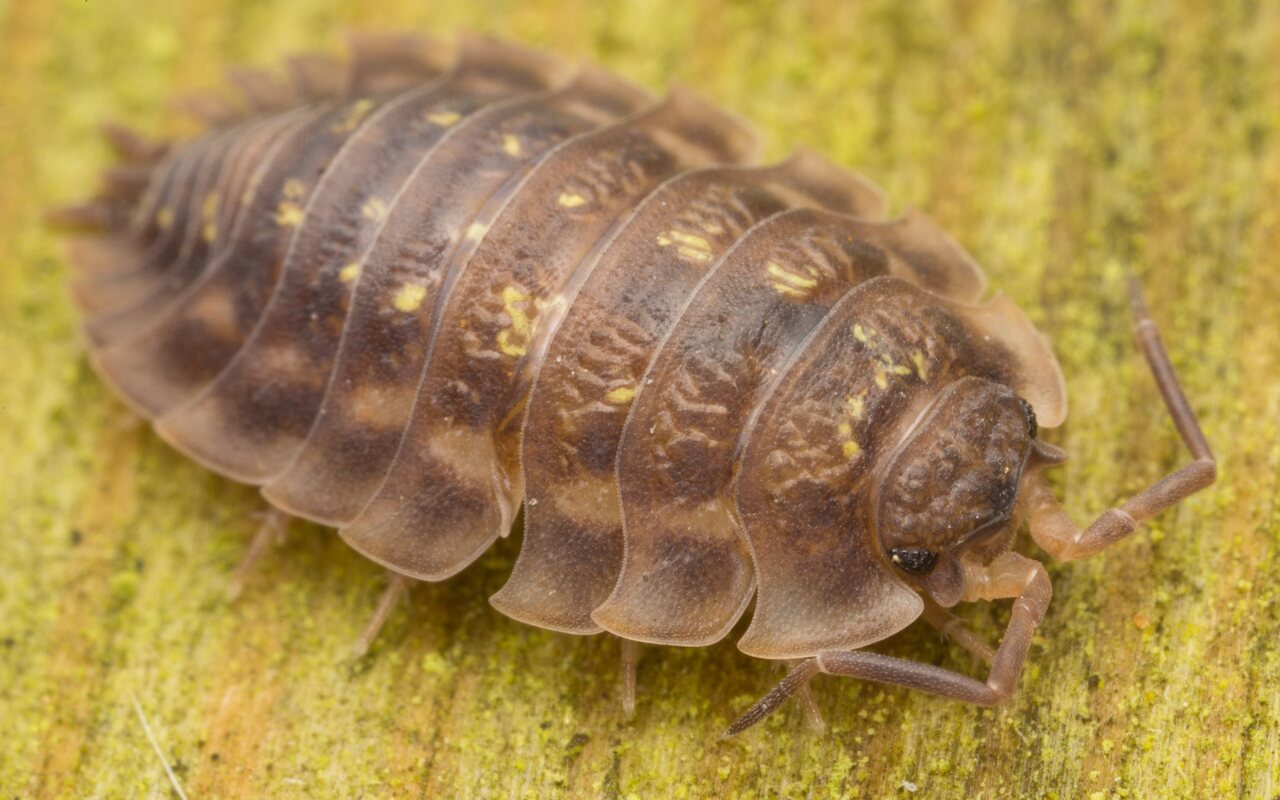
Oniscus asellus · paprastasis vėdarėlis
- common woodlouse
- Mauerassel
- paprastasis vėdarėlis
- stonoga murowa
Gausiai sutinkama šiaurės ir vakarų Europoje, Britų salose, Azoruose, Madeiroje. Įvežti į Šiaurės ir Pietų Ameriką. Sutinkamas įvairiose buveinėse, kuriose pakankamai didelis oro drėgnumas – po akmenimis, pūvančiais medžiais, rūsiuose ir t. t.‥